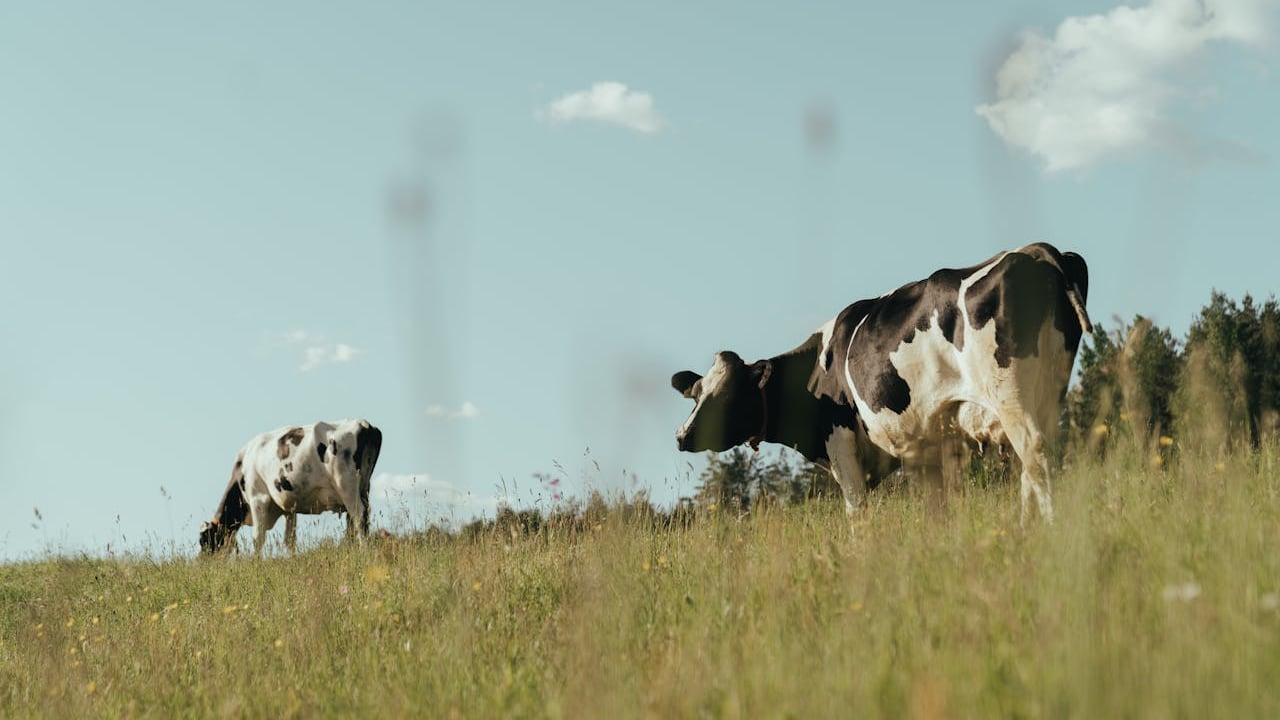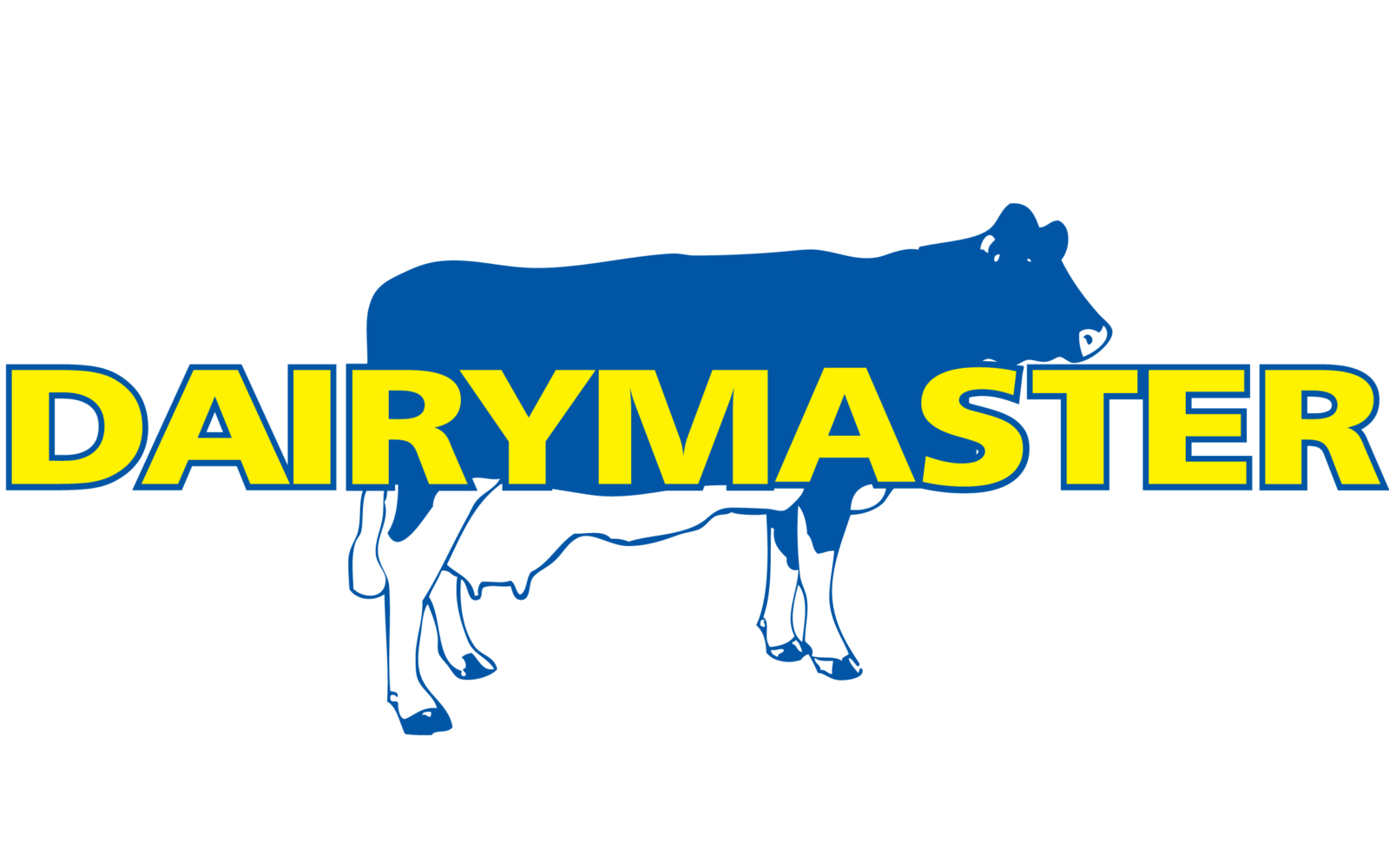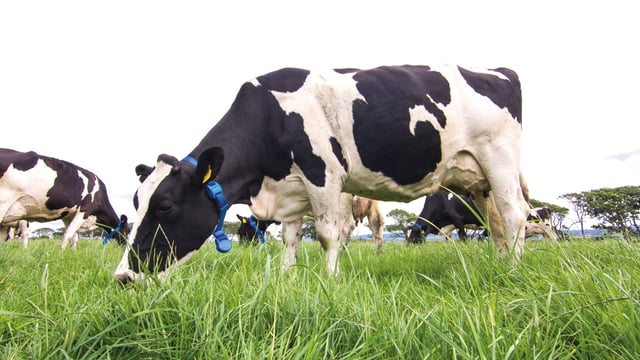USDA to provide financial assistance to farmers for milk loss due to bird flu
The US Department of Agriculture (USDA) will begin accepting applications on Monday, July 1, to provide financial assistance to eligible dairy producers who incur milk losses due to avian influenza (bird flu).
The assistance will be paid through the updated Emergency Assistance for Livestock, Honeybees, and Farm-raised Fish Program (ELAP).
The program was expanded to assist with a portion of financial losses resulting from reduced milk production when cattle are removed from commercial milking in dairy herds having a confirmed positive bird flu test.
Positive test results must be confirmed through the USDA’s Animal and Plant Health Inspection Service (APHIS) National Veterinary Services Laboratories (NVSL).
To be eligible for the funding, adult dairy cattle must be milk producing and currently lactating.
Cattle must also be maintained for commercial milk production, in which the producer has a financial risk, on the beginning date of the eligible loss condition.
The cattle but have been initially removed from commercial milk production at some point during the 14-day time period before the sample collection date for the positive bird flu test date, and then through 120 days after the sample collection date for the positive test.
To apply, producers need to submit the following to the farm service authority (FSA):
- Proof of herd infection through a confirmed test result on an individual animal or bulk tank samples;
- A notice of loss indicating the date when the loss is apparent, which is the sample collection date;
- An application for payment certifying the number of eligible adult dairy cows, the month the cows were removed from production, and the producer’s share in the milk production.
The final date to file a notice of loss and application for payment for eligible losses is 30 days after the end of the prior calendar year, which is January 30.
The per cow milk loss payment will be determined based on an expected 21-day period of no milk production when a cow is removed from the milking herd.
The seven days when the cow has returned to milking but produces 50% of the normal amount of production will also be taken into consideration.
ELAP payments are determined using a per head payment rate calculated based on the monthly all-milk price and national milk production published by the National Agricultural Statistics Service and a standard number of days with reduced or no production.
The calculation would be as follows: Per head payment rate x number of eligible adult dairy cows x producer’s share in milk production x 90%.
Agriculture secretary Tom Vilsack said: "We are committed to finding ways, where we have the authority to do so, to revisit existing program policies and provide the financial support needed to help producers recover and sustain production."
Bird flu infections have now been detected in 12 states including: Colorado, Idaho, Iowa, Kansas, Michigan, Minnesota, New Mexico, North Carolina, Ohio, South Dakota, Texas and Wyoming.
The USDA has reminded dairy producers in all states to "stay vigilant" and follow established guidelines.





